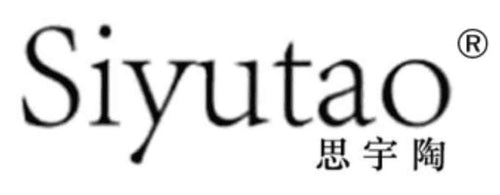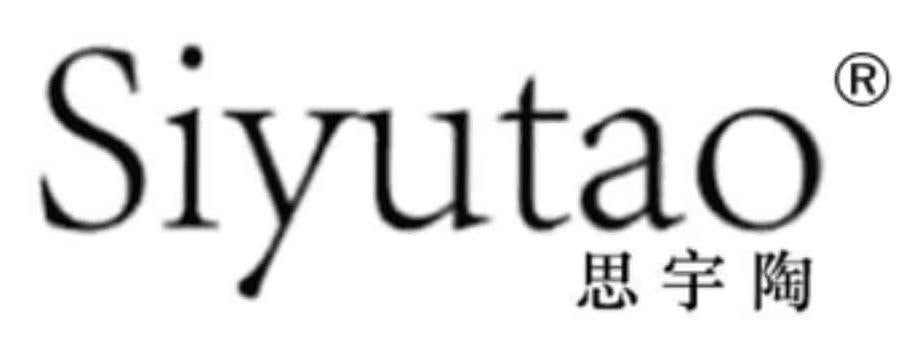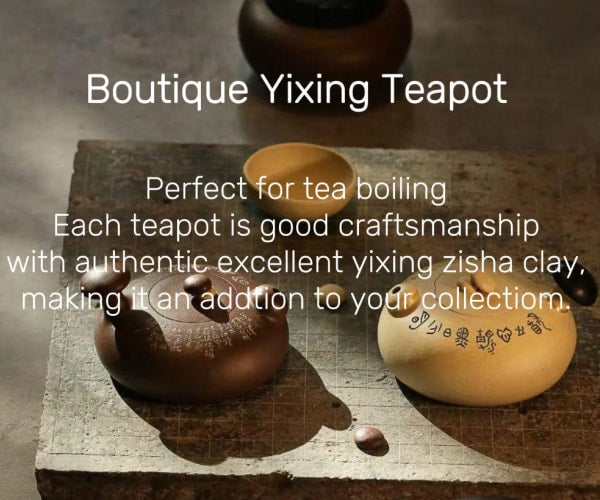How to Identify an Authentic Yixing Teapot
1. Listen to the Sound
Yixing teapots are made from Zisha clay, which differs from ceramic or earthenware. After being fired at over 1000°C, an authentic Yixing teapot produces a deep, mellow sound—neither as crisp as porcelain nor as dull as ordinary clay.
2. Observe the Color
Whether made from purple clay (Zini), red clay (Hongni, Zhuni), or duanni clay, a genuine Yixing teapot exhibits a subdued and natural color right after firing, regardless of whether it's purple, red, yellow, or any other hue.
3. Feel the Texture
A well-seasoned Yixing teapot has a smooth, slightly grainy texture—neither as glossy as porcelain nor as rough as earthenware. Typically, the clay used for Yixing teapots is sifted to 40 or 60 mesh, giving the finished product a balance of clay-like softness and sandy grit.
 (one of authentic yixing zisha zi ni)
(one of authentic yixing zisha zi ni)4. Assess Tea-Seasoning Effects
One of the reasons Yixing teapots are cherished by tea enthusiasts is their ability to develop a patina over time. A seemingly ordinary teapot can become strikingly beautiful after months of regular use and tea seasoning.

5. Examine the Craftsmanship Details
In terms of shaping techniques, Yixing teapots are categorized as fully handmade or semi-handmade. Machine-made, slip-cast, or wheel-thrown "teapots" are not considered authentic Yixing ware. Each crafting method leaves distinct traces, making it possible to identify genuine Yixing teapots by their unique manufacturing characteristics.



